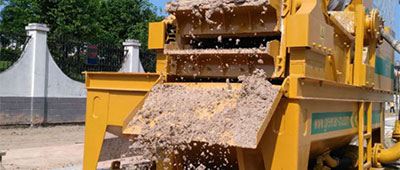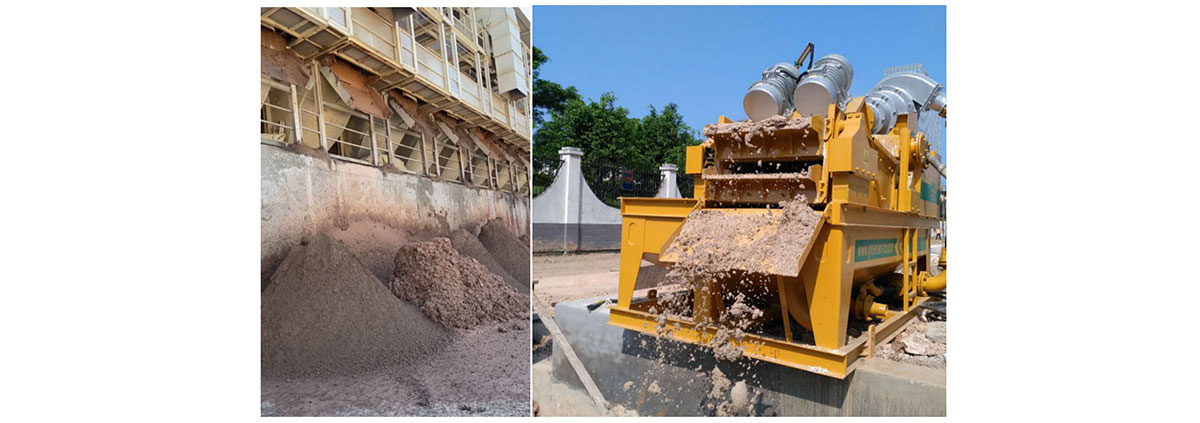
Exploring new ideas for waste slurry treatment of slurry shield tunneling
Waste slurry is generated by various processes and operations. Although there are many different technical indicators and treatment processes for managing waste slurry, the basic principles are similar, either separating solids from liquids or converting waste slurry into solid materials by adding modifiers or desiccants.
Traditional waste slurry dewatering methods typically involve filters, filter presses, and centrifuges to separate solids from liquids, where the liquid components are discharged or reused, while the solid components are transported away for treatment. Dehydration methods are often more expensive because they require expensive capital equipment and are also highly expensive to operate; However, they are effective in treating low solid waste streams, such as wastewater, by removing large amounts of free liquids and obtaining sludge with a higher solids content. From a dehydration perspective, it is usually easy to remove the initial portion of free water, but requires a significant amount of energy to remove bound water from the waste slurry stream.

Another treatment method is solidification, in which an improver or reagent is directly added to the waste slurry and the waste slurry is converted into a solid material through absorption or adsorption principles. Solidification methods are generally easier to apply and do not require expensive capital investment in processing equipment; However, they should indeed be applied to high solid waste streams, which may be viscous liquids or semi solids. From a curing perspective, it is beneficial to remove any free liquids from the waste stream before adding curing reagents, as this will reduce reagent usage and produce a drier, brittle material.
Due to the respective advantages and disadvantages of traditional dehydration methods and solidification methods, we hope to develop a new waste slurry treatment agent that can combine the advantages of all treatment methods. The development of this waste slurry treatment agent will take the direct solidification of waste slurry through chemical reagents as the core idea, and make breakthroughs in the following aspects:
1) The cost of using a new waste slurry treatment agent will be higher than the cost of traditional waste slurry solidification, but it includes a reduction in the investment cost of large machinery and equipment, outward transportation costs, and treatment costs for landfills;
2) The use of new waste slurry treatment agents coupled with simple mixing and residue conveying equipment reduces the investment in large mechanical equipment and labor costs;
3) The special form of waste slurry treatment agent and the relatively closed treatment and transportation space avoid environmental problems during treatment;
4) Due to the particularity of waste slurry treatment agents, the waste residue converted from waste slurry after treatment will have certain economic value.
In summary, treating waste pulp is an innovative and continuously developing industry. We have the opportunity to integrate our resources and use multiple technologies to achieve common goals. Dehydration and solidification perform well in various aspects, and we should use these methods to achieve synergy and utilize them where they are most appropriate. As a company dedicated to research and innovation in construction methods, OSGOOD is also actively exploring new ideas for treating waste slurry. Customers interested in this aspect can communicate with our technical personnel, and we also hope to absorb opinions from various parties to explore a new road for treating waste slurry from slurry shield tunneling.
